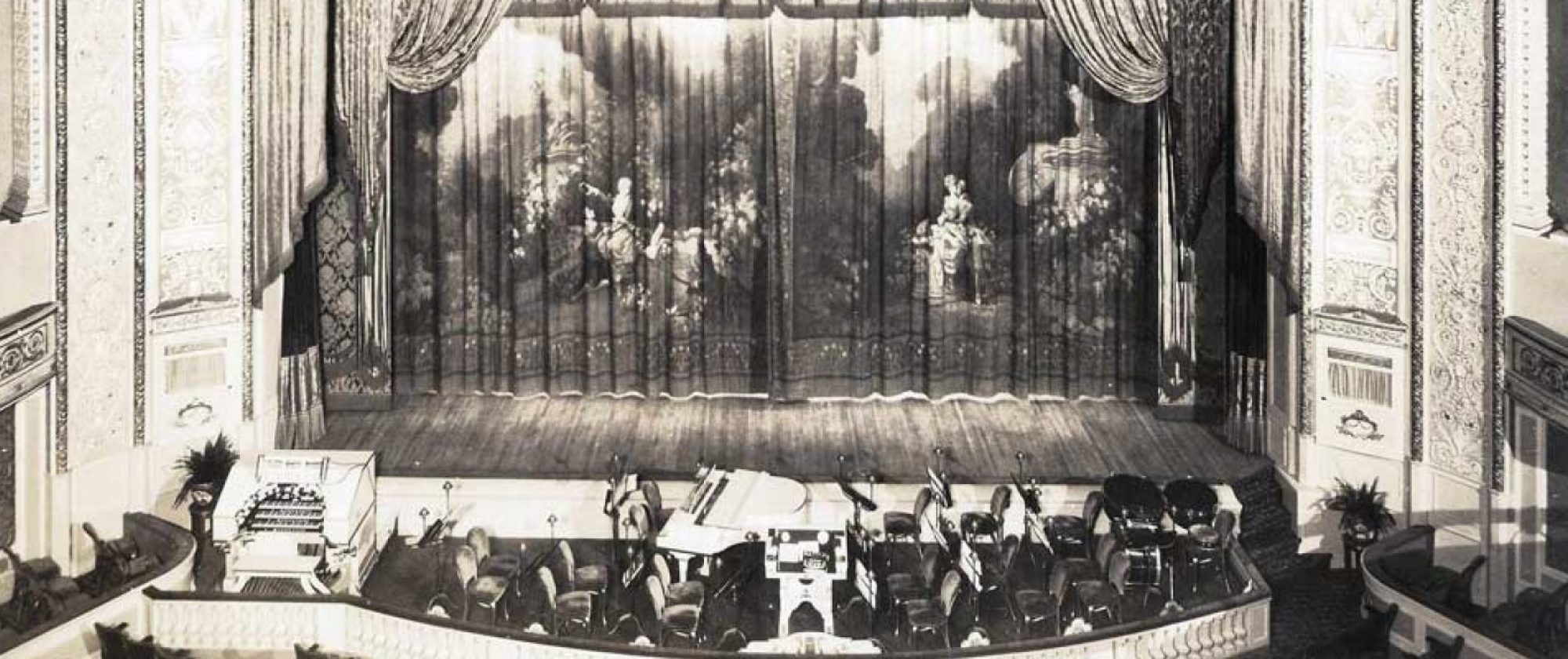There was but a few minutes at the opening end of the show that proved real vaudeville, and Henry Lewis, making his return to vaudeville in his former act, was entirely wasted as the closing act of the show. There seemed to be a lack of good judgment in placing Lewis in the final position, although it must be said that he held the house to a man with his foolery.
The Lewis act is identically the same as it was prior to his deserting vaudeville and going into production work. He has the same dressing, and the only bit of the turn that is dropped is the scenery of the “Laugh Shop” with the giggle register. He sings poems, operas and “squidgulums,” and the audience howls. He dances and cuts up generally, and at the finish there was the usual speech, but the applause wasn’t strong enough for him to do a regular number after the act itself was finished. Had he been on a little earlier in the bill there is no doubt but that he would have walked away with the solid hit of the show, that much was indicated by the return that he got in the closing.
Then came Lillian Shaw with a repertoire of song scenes devised by Blanche Merrill. Miss Shaw was literally a howling success as far as the audience was concerned. Her second number was slightly blue in spots, but when those particular spots arrived the Palace crowd shrieked their delight. There are some spots where the talk is a little bread as broad it may be a question how they will take it away from Broadway, but Miss Shaw is sufficiently show woman to know where and where not to use it.
Norman, “The Creole Fashion Plate,” a holdover the second holdover of the bill, by the way [Kaliz also having been at the house last week], had things all his own way from the beginning to the end. He held the stage for 25 minutes, and in addition to a regular encore number did two of his former successes.
Closing the intermission Arman Kaliz and his company of 14 in “Temptation” was a revelation to the audience in the magnificence of its staging and costuming. It is belled as “an allegorical opreatta,” and is exactly that, just as much like “Experience” as it could possibly be.
Armstrong and Joyce, a pair of boys, one at the piano the other standing by. The fellow at the piano has the edge but the other puts over a ballad in good style, although he “booted” the song at the finish by attempting to hit a high note which he missed. These boys could improve by aiming for naturalness. Some of their comedy numbers are of the “home-made.” The team should develop with proper material.
Ballinger and Reynolds scored exceptionally big in third position with slack wire stunts. The innumerable slips and startling twists by the man doing a tramp while attempting to walk the heavy slack wire or rope had ‘em laughing and applauding. A few stunts by the girl on another wire is inconsequential but adds attractiveness. To the act.
Walsh and Austin are a mixed team of young folks who offer a line of chatter and songs. The man could improve his comedy by getting more action into his work. The blonde girl makes a nice appearance and is an acceptable straight. Their talk is above the average and the man sings well. “Sweetheart Blues” sent them away to a good hand.
The Two Yaquis, a mixed couple of Indians in a special set showing up well with lighting effects, were first with their native offering of harmony singing and dancing. The harmony is off and the act lacks pep. The woman’s specialty goes over nicely, but the man’s voice sounds wobbly when he sings alone. They finished to fair applause with an ankward [sic] Indian dance with sleigh bell attachments.
Clemens-Belling and Co. provided excellent entertainment in closing position with an unusually well-trained donkey, some dogs and acrobatics by a couple of men assisting a trainer. It’s a dandy novelty offering.
George Bobbs and Eddie Nelson were a smashing hit in fifth position. Nelson’s rendition of the “Rockabye Dixie” melody, stopped the act completely. Both made speeches, but what the audience wanted was more of Nelson’s singing.
